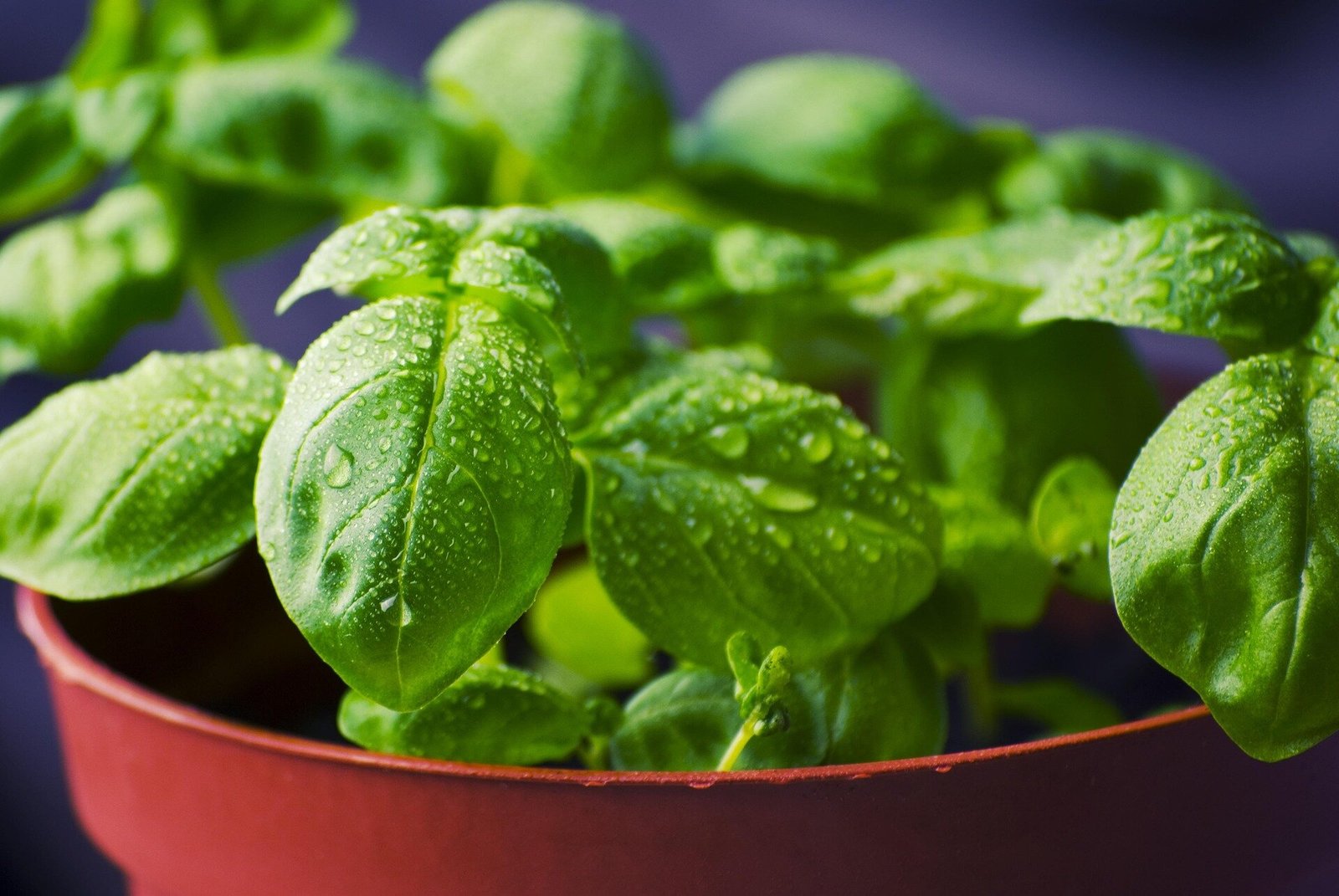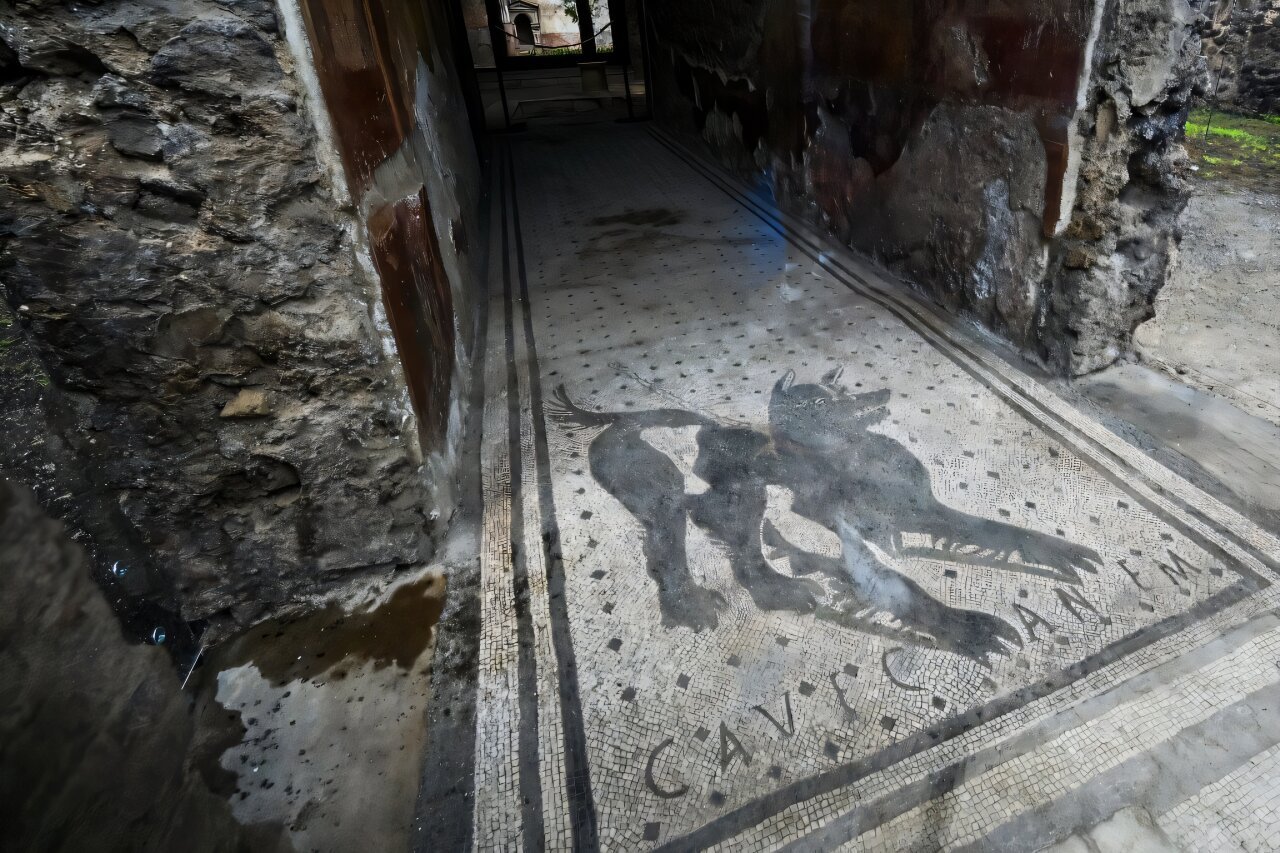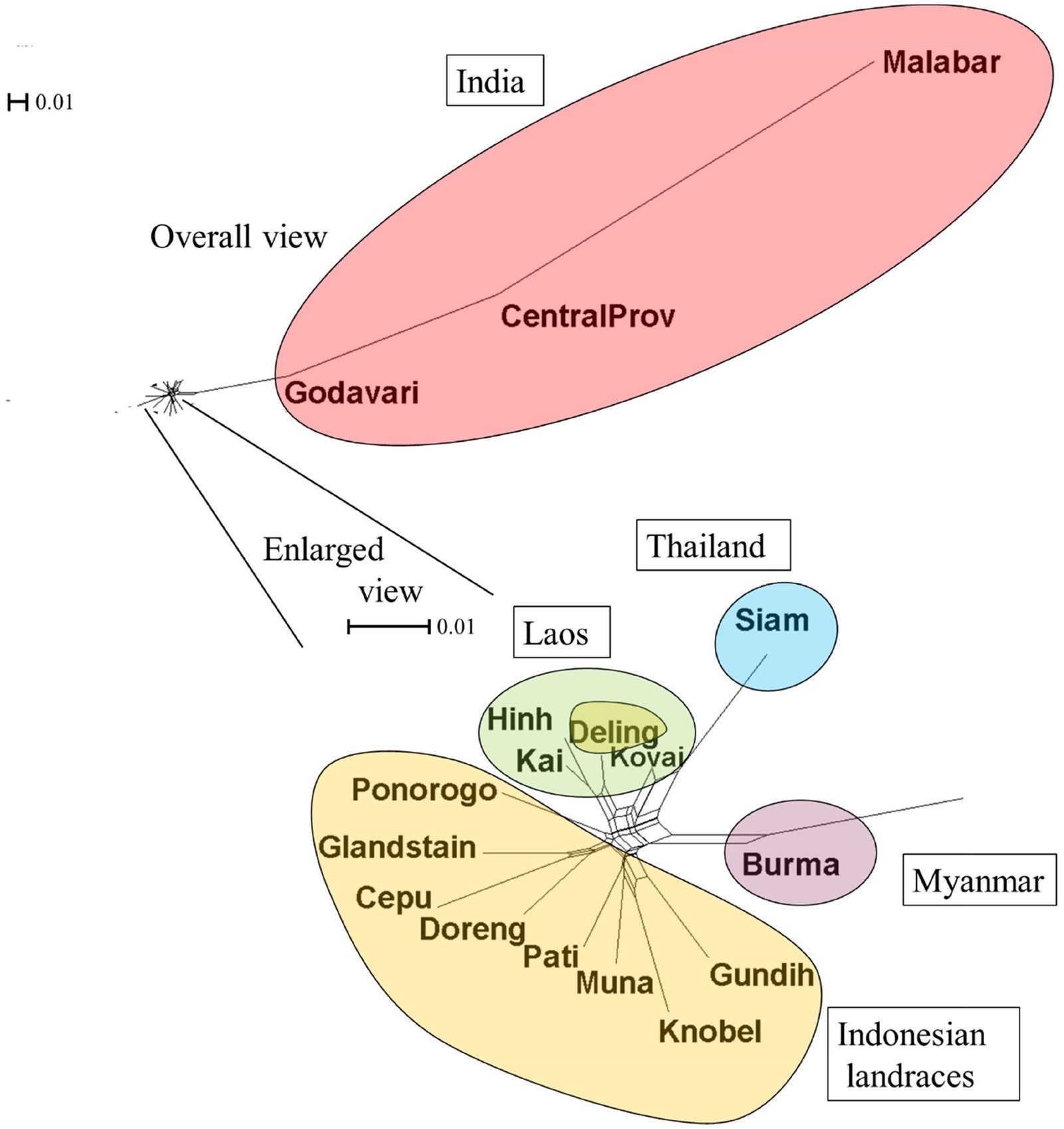
In the middle of summer, garden vegetables like green beans are proliferating, but so are pests that like to chew and suck on them. Now, a study in ACS’ Journal of Agricultural and Food Chemistry suggests growing bush basil near bean plants could offer a cost-effective, natural (and tasty!) alternative to chemical repellents. The fragrant herb not only helped the beans develop their own defenses against spider mites but also attracted the pests’ natural enemies.
“We undertook this research with the aim of harnessing ‘talking plants’—those that emit volatile organic compounds (VOCs)—to enhance agricultural practices, advance scientific understanding of interplant communication, and establish a foundation for the future application of this technology in agricultural settings,” says lead researcher Gen-ichiro Arimura, describing the motivation behind the present study.
Some fragrant plants help save neighboring crops from harmful leaf-eating insects. For example, the strong odor of mint contains VOCs that indirectly activate self-defense genes in nearby plants, protecting them from tobacco cutworms (Spodoptera litura) and spider mites (Tetranychus urticae). Previously, Arimura and colleagues found that growing mint near soybeans and Japanese mustard spinach increased the two crops’ activity in a defense-related gene called pathogenesis-related 1 (PR1). Arimura and a new group wanted to see whether basil—and its strong, sweet, peppery smell—could also help nearby plants keep pests away.
Out of six basil types the researchers tested (sweet, holey, Thai, cinnamon, lemon and bush), only bush basil activated the PR1 gene in green beans, soybeans and tomatoes, helping nearby plants defend themselves. Focusing on green beans, in lab tests plants grown close to bush basil had less damage from spider mites (a plant-sucking herbivore) than beans with no nearby basil. However, tobacco cutworms (a chewing herbivore) were unaffected by the nearby basil.
In field trials, green bean plants within slightly more than 1 yard (1 meter) of bush basil plants had substantially fewer pests and less damage to their leaves than green beans that were around 4 yards (4 meters) away from the herbs. The researchers identified linalool and eugenol as the primary VOCs emitted by bush basil and found that eugenol alone enhanced the defensive responses of green bean plants. In addition, the VOCs attracted the natural enemies of spider mites in laboratory experiments.
By helping nearby green beans up their self-defenses and by attracting pests away from them, bush basil could be a natural solution to pest management and an effective way to protect crops from damage, the researchers say.
More information:
Sarira Rahimian et al, Bush Basil Companion Plants Act as Plant Defense Potentiators for Cultivated Plants, Journal of Agricultural and Food Chemistry (2025). DOI: 10.1021/acs.jafc.5c05179
Provided by
American Chemical Society
Citation:
Planting bush basil near green beans naturally repels certain pests (2025, July 25)
retrieved 26 July 2025
from https://phys.org/news/2025-07-bush-basil-green-beans-naturally.html
This document is subject to copyright. Apart from any fair dealing for the purpose of private study or research, no
part may be reproduced without the written permission. The content is provided for information purposes only.




